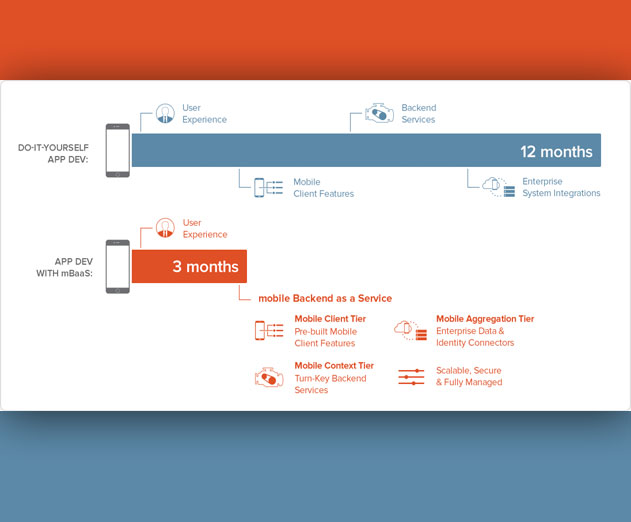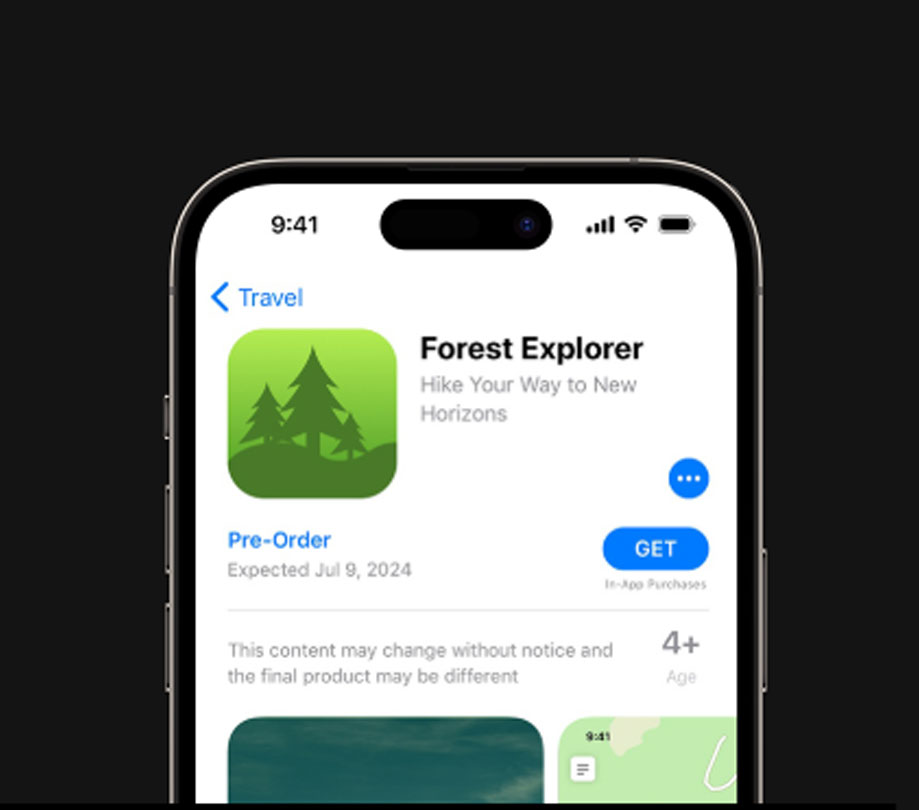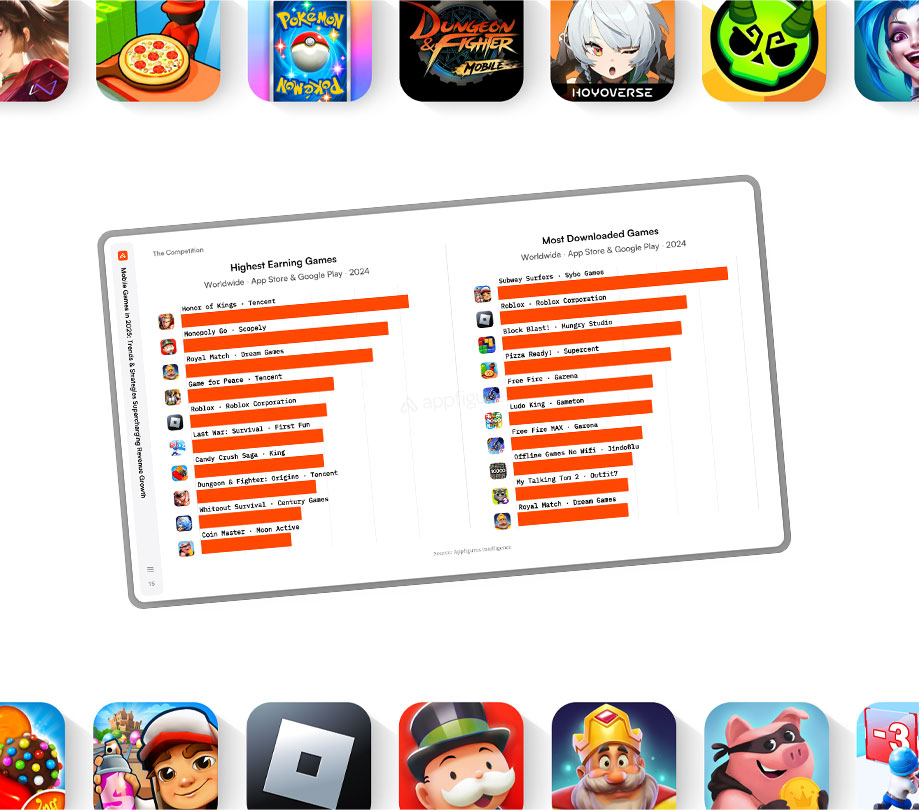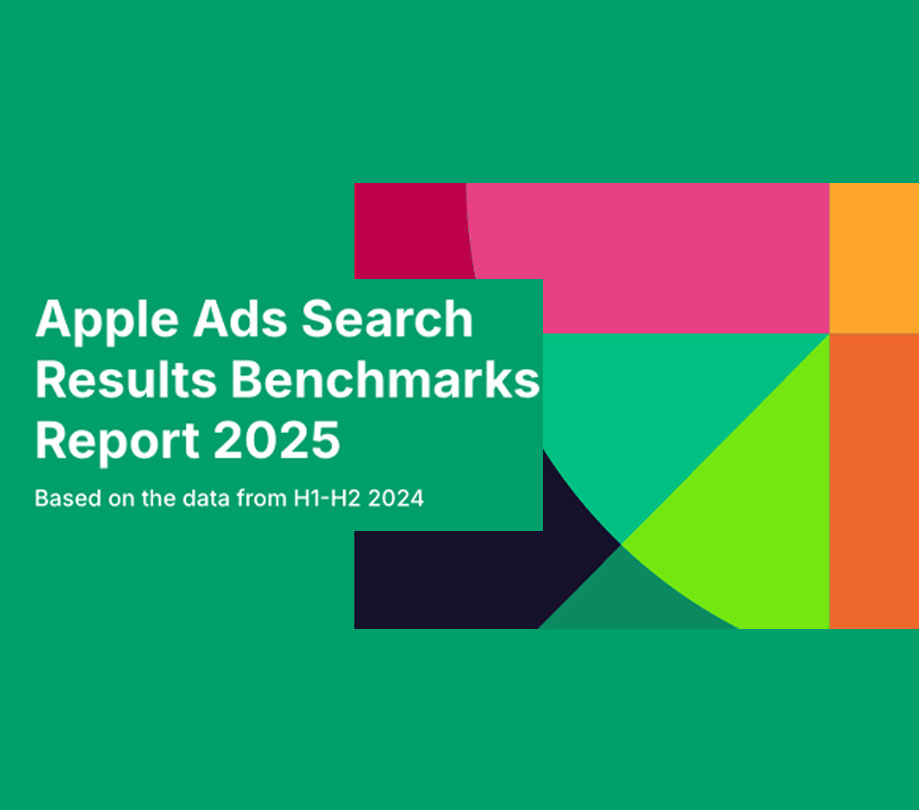Enterprise
Key Tips for App Development in a Hybrid Cloud Environment
Thursday, May 21, 2015

|
Sravish Sridhar |

According to ABI Research, the evolving enterprise mobility space will see tremendous growth in new cloud-based solutions as enterprises seek to mobilize quickly and easily.
It’s no secret that the cause of this drive towards mobility is the development and deployment of enterprise apps, especially as there is a growing number of devices and device platforms accessing enterprise content and systems. As companies seek to improve productivity, collaboration, and efficiency, apps provide the tools today’s employees require – and are demanding – on the [mobile] platforms they use 24/7.
But the development of an enterprise app isn’t always time- or- cost-effective. Recent research found that more than half (56 percent) of companies spend 7 months to 1 year building a single app, and nearly 20 percent spend more than $500K on the development of each app.
This is where the cloud comes in – mobile continues to fuel cloud adoption in the enterprise, as 67 percent of CIOs say they’ll be turning to cloud solutions to help move their mobile projects along faster and more efficiently. In fact, ABI Research predicts that cloud platforms will generate U.S. $3.6 billion in mobile enterprise application revenue by 2019.
Regardless of how many apps you’re developing or the goals you’re looking to achieve with their deployment, it’s important to have a solid understanding of your infrastructure – and to make sure it effectively supports the work you’re doing. So, here are three key tips as you look to successfully develop and deploy mobile apps in a hybrid cloud environment:
1. You can’t leave your existing systems behind
If your enterprise is going to build meaningful, effective mobile apps, you need to leverage existing business systems. It simply does not make sense for a business to create a new identity system just for mobile initiatives. Likewise, they aren’t going to replicate a database to a more friendly system. (Think of all the headaches that would cause ensuring both identity or data systems are up-to-date.)
And because these legacy systems speak SAML, SOAP, and other older languages while mobile developers speak REST, you need to add a new tier to your architecture. Which brings us to:
2. You need a “mobile aggregation tier” in your enterprise architecture
You will need a set of lightweight web services to serve as a translation layer. Instead of creating integrations using your existing systems of record for each and every app (which is inefficient and can lead to dangerous and expensive inconsistencies), the most effective method is to connect these systems to a translation layer and then provide RESTful connections to your mobile developers via service catalogs.
But that doesn’t completely solve the problem, because even with a mobile aggregation tier, the process needs to happen quickly. After all, we’re talking about mobile, where innovations and technologies are unveiled daily. This brings us to my final point:
3. Development needs to happen quickly, and IT needs to proceed slowly
With web applications, businesses can wait months or even years between major releases. Since IT owns the client devices (desktops and laptops), they have full control over software updates and can ensure a web application will work effectively and securely for long periods of time –albeit doing so by keeping their employees in the stone age with outdated browsers and OSes.
Mobile moves faster than web, though, and organizations that embrace BYOD have far less control over the client devices on which applications may be running. Mobile, therefore, requires iterative, agile development processes that result in incremental releases on a monthly or weekly timeline.
When it comes to anything touching businesses-critical systems of record, however, IT simply can’t support this kind of iterative and aggressive pace. Connections to business systems require methodical, rock-solid development to standardize integrations while securing mobile data and identity. Additionally, these integrations can’t be changed on a whim without first examining the compliance and security implications of an update.
As a result, your organization needs to support these two speeds simultaneously. To do so, you have to decouple the front-end development process from the back-end architecture one. There are a few ways you can do this – and mobile Backend as a Service is one – but the fact of the matter is that an enterprise mobility initiative is going to fail if the two development processes are too tightly coupled.
If this feels like too much to do, just think back to when the web was launching. There was plenty of enterprise IT transformation happening during that transition. Now, just like the transition to the web, organizations are slowly migrating towards a completely mobile-enabled workforce, and infrastructures need to keep up.
A mobile-first organization not only benefits its employees, but remains competitive or even gains advantage across their industry by streamlining workflows and creating new revenue channels. Starting with these few key steps will get you well on your way.
Read more: http://scopetrader.com/partner/link/?ref=Key Tips
This content is made possible by a guest author, or sponsor; it is not written by and does not necessarily reflect the views of App Developer Magazine's editorial staff.

Become a subscriber of App Developer Magazine for just $5.99 a month and take advantage of all these perks.
MEMBERS GET ACCESS TO
- - Exclusive content from leaders in the industry
- - Q&A articles from industry leaders
- - Tips and tricks from the most successful developers weekly
- - Monthly issues, including all 90+ back-issues since 2012
- - Event discounts and early-bird signups
- - Gain insight from top achievers in the app store
- - Learn what tools to use, what SDK's to use, and more
Subscribe here












Comments